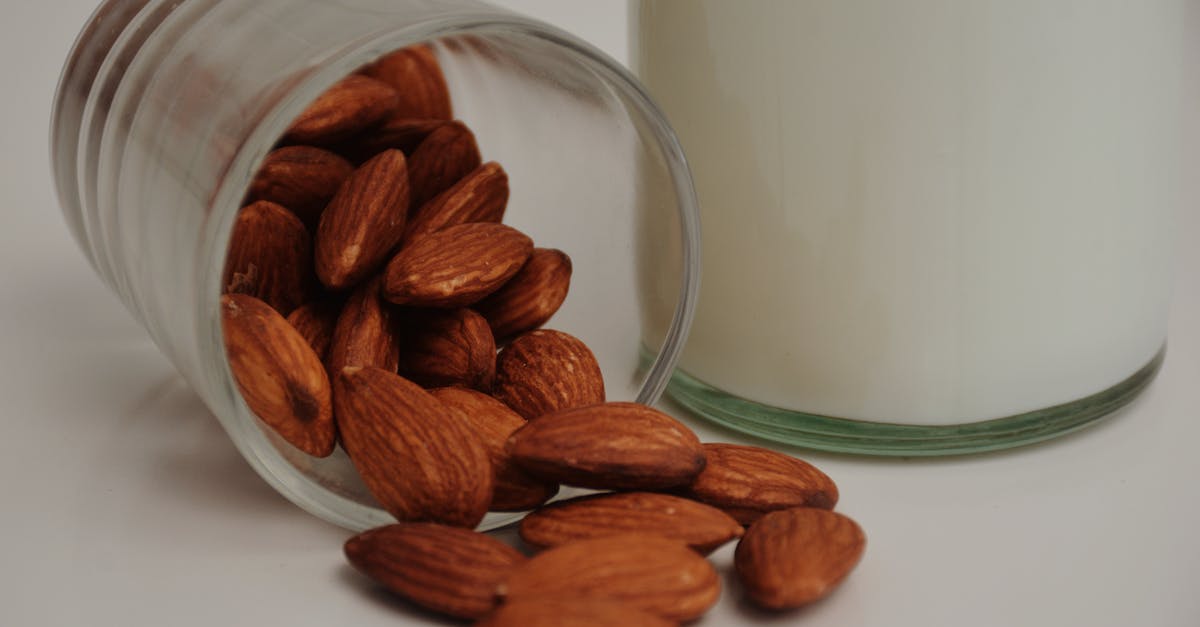What are the mechanics of raw milk and products made from it?

I'm stuck in a bit of a strange predicament... As many of you know, getting access to raw milk is a problem for many in the Western world, whereas information is abundant. Yet, here I finally am with an unlimited source of raw milk but unable to find any meaningful/decent information.
I was hoping one of you could guide me with either a link or just a quick summary.
Basically, I just want to know what the underlying processes are for working with raw milk and what it turns into under what conditions?
For example: the other day I wanted to make sour cream. I found an article online that said: raw milk doesn't rot, leave it out at room temp for not more than 2 days, gather the cream from the top, and put it into a mason jar for another day. I mean sure -- these are good pointers on how to get from point A ("I have raw milk") to point B ("I have sour cream"), but very little actual information on the underlying workings (what happens if I leave it out for 3 or 4 days? After I gather the cream, what is the remaining transparent liquid in the jar and what can I do with it? etc).
Basically, I'm not looking for specifics on how to get from a point A to a point B, but rather -- if I'm at point A, what points can I get to from there, and where can I get to afterwards?
How (in a short quick approximative summary) does one make yogurt, cottage cheese, sour cream, buttermilk, butter, cheese, etc?
I apologize for the dumb question and really appreciate any response(s) in advance.
Best Answer
Basically the processes are those that have been used for 1000's of years. Components of the milk along with some bacterial species that are commonly found in milk can, under the right conditions, produce some or all of your products.
First off, the online article is completely wrong, milk can and does "rot" - introduce some fecal coliforms (e.g. from off the often unwashed udders; see page 2 in pdf here, and table p 13 and references therein for prevalence of contamination, see also here for more detailed information) and you will certainly know about it within a few hours at room temperature. You will know this also if you have ever come across an old container of milk full of lumps and a horrific smell. There is a reason why large scale dairy industry keeps the milk cold from milking the cows to delivery to the factory - it's to stop the milk going off. Always store your milk at fridge temperature to slow bacterial growth. Note that fermentation of the milk products into soured forms generally selects against pathogenic bacteria and often enables longer storage and greater food-safety because of this. However, never assume that it is safe for consumption just because you have fermented the milk to make a different product. Correct storage is incredibly important for food safety with milk products.
For any of the cultured products - yogurt, cheese, sour cream etc., it is best to add cultures of the specific type of bacterium associated with the product. This ensures that you have the right one in there and are less likely to waste your raw milk by having overgrowth of unwanted microorganisms, some of which may be pathogenic and can make you very sick. Do not rely on your sense of smell or taste to detect pathogens. Many do not produce smells or tastes and can have very high bacterial loads before you can detect them from taste/smell alone.
From milk, skim the fat that floats to the surface and you have cream. Take the cream and churn it and you will have butter - you need lots and lots of cream for this. Buttermilk is technically the water component left after you remove the butterfat from the cream, but you can also add cultures to this one to produce the soured version more commonly seen commercially today. Incidentally cultured butter is also a thing: see the Types section in the linked page for butter.
Sour cream is cream with some culture added, usually Lactobacillus species that produce acid to make the cream "sour" thereby precipitating a lot of the proteins in the cream and making it thick and creamy. The same process happens for milk to yogurt.
The rest of your list are generally made from milk, often whole milk, but not necessarily. The exact product depends on how long you ferment it and what you do with it once it is fermented (and usually what you inoculate it with, in the case of cheeses). From whole milk the easiest cheese you can make is essentially mozzarella. Mozzarella doesn't require fermentation, but does require rennet, which most cheeses use somewhere in the manufacturing process anyway. You can also make quark by heating soured milk (add acid - lemon juice or (white) vinegar, or ferment) and straining off the whey.
For yogurt, which then can be made into soft cheese, you can inoculate with any plain, unpasteurized yogurt from the local store. Incubate this in a warm place for a few hours and the yogurt will be ready. Incubate for a couple more to make it thicker. With thick yogurt, place it into a cheesecloth and strain overnight in a cool place to produce a soft cream cheese like product called yogurt cheese. Yogurt and yogurt cheese products are probably the easiest milk based processed products to generate for a beginner.
Harder cheeses take a bit of work and know-how - you need to know how to culture, add rennet, slice the curd, pack, store to mature etc to produce each one. There are many many varieties of cheese out there, each one is slightly different in production and often take specific bacterial species, and sometimes a milk from a specific type of animal (e.g goat cf. cow) or variety/breed of animals (e.g jersey milk cf. holstein/friesian milk) or pasture type to produce its distinctive flavour.
Pictures about "What are the mechanics of raw milk and products made from it?"



What products are made from raw milk?
Raw milk can cause serious illnesses. Raw milk and raw milk products, including soft cheese, ice cream, and yogurt, can be contaminated with harmful bacteria and other germs that can cause serious illness, hospitalization, or death. These harmful germs include Brucella, Campylobacter, Cryptosporidium, E.How do you make milk products?
Pasteurized milk is heated to 161\xb0F for 15 seconds and ultrapasteurized milk is heated to 280\xb0F for 2 seconds. It is then rapidly cooled to ensure that its freshness is preserved. Next, different types of milk (skim, low fat, 2% or whole) are made through standardization, by managing the amount of fat in each product.What is raw milk used for?
What Is Raw Milk? Raw milk has not been pasteurized or homogenized. It primarily comes from cows but also goats, sheep, buffalos or even camels. It can be used to make a variety of products, including cheese, yogurt and ice cream.What is considered raw milk?
Raw milk is milk from cows, sheep, and goats \u2014 or any other animal \u2014 that has not been pasteurized to kill harmful bacteria. Raw milk can carry dangerous bacteria such as Salmonella, E. coli, Listeria, Campylobacter, and others that cause foodborne illness, often called \u201cfood poisoning.\u201dThe Fascinating Benefits of RAW MILK Dairy
Sources: Stack Exchange - This article follows the attribution requirements of Stack Exchange and is licensed under CC BY-SA 3.0.
Images: Flo Dahm, Katerina Holmes, Pegah, Alexander Mils
